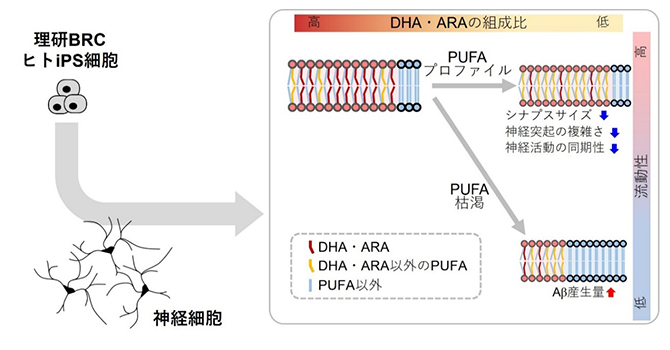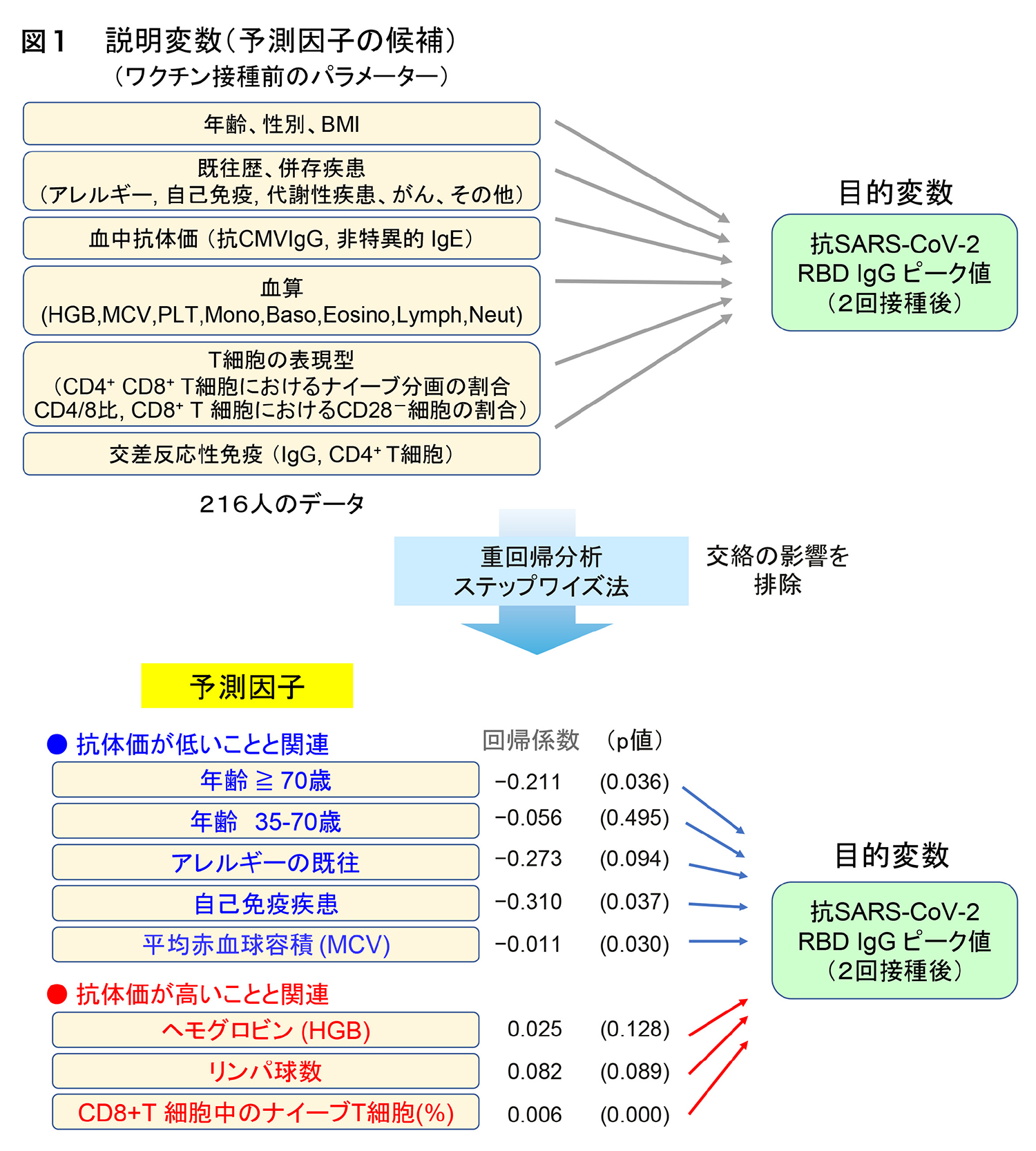2025-05-19 理化学研究所,サントリーウエルネス株式会社,京都大学iPS細胞研究所
<関連情報>
- https://www.riken.jp/press/2025/20250519_1/index.html
- https://www.cell.com/iscience/fulltext/S2589-0042(25)00818-1
脂質膜中の多価不飽和脂肪酸がヒトの神経細胞機能とアミロイドβ産生を制御する Polyunsaturated fatty acids in lipid membranes regulate human neuronal function and amyloid-β production
Satoshi Morita ∙ Takayuki Kondo ∙ Hisanori Tokuda ∙ … ∙ Takayuki Izumo ∙ Yoshihiro Nakao ∙ Haruhisa Inoue
iScience Published:May 11, 2025
DOI:https://doi.org/10.1016/j.isci.2025.112557

Highlights
- PUFAs in lipid membranes regulate membrane fluidity in human neuronal cells.
- Enhanced membrane fluidity decreased the production of Aβ.
- Enhanced composition of DHA and ARA increased neuronal complexity and synaptic growth.
- Enhanced composition of DHA and ARA increased synchronized neuronal activity.
Summary
The effects and mechanisms of polyunsaturated fatty acids (PUFAs) such as docosahexaenoic acid (DHA) and arachidonic acid (ARA) contained in the lipid membrane of neurons in the production of amyloid β (Aβ), a pathogenic molecule in Alzheimer’s disease, remain unclear. In this study, we cultured human cortical neurons differentiated from induced pluripotent stem cells (iPSCs) under conditions of PUFA deficiency being progressively alleviated. Under PUFA-deficient conditions, increasing the total PUFA composition ratio in the lipid membrane enhanced membrane fluidity and reduced Aβ production. Furthermore, in conditions where the overall PUFA deficiency was resolved, altering the specific ratios of DHA and ARA promoted the synchronous activity and morphological complexity of neuronal cells while maintaining consistent membrane fluidity. These findings demonstrate that the overall PUFA composition in the lipid membrane as well as the specific ratios of DHA and ARA within the total PUFAs regulate neuronal function and pathophysiology.


